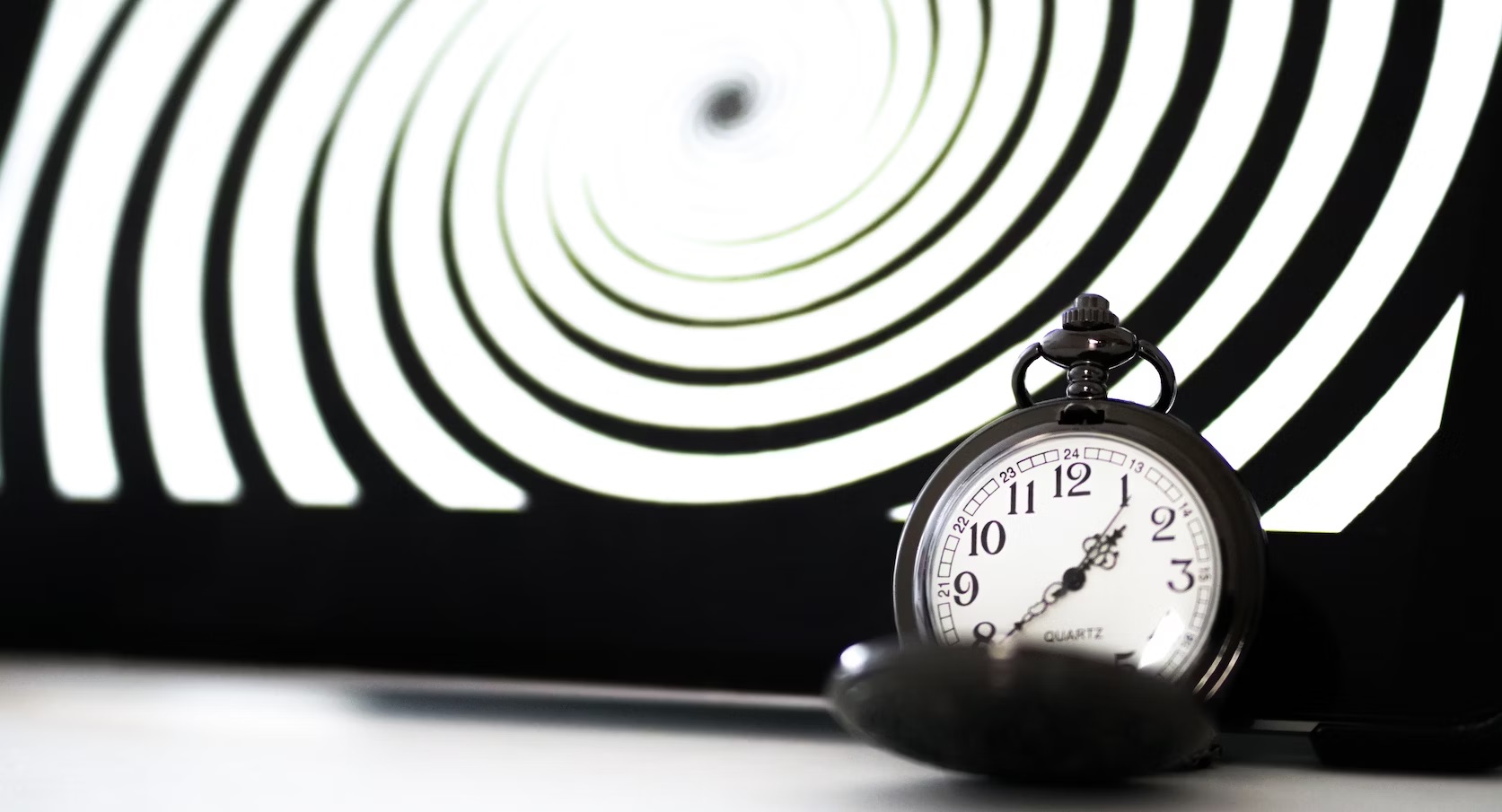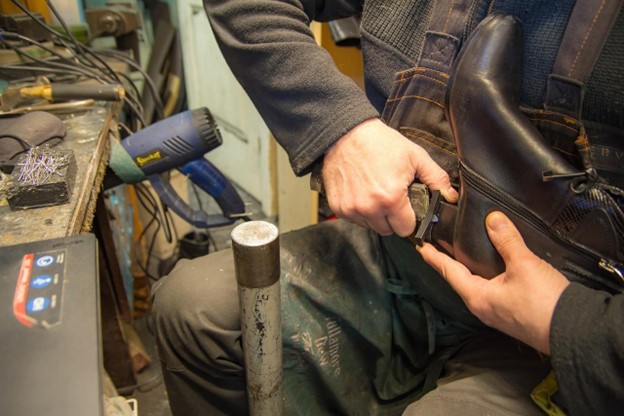Mentalism is a source of entertainment that has never really left culture. Mentalist shows cover magicians, tarot card readers, psychics, and modern performing mentalists. Chances are, even if you’re a skeptic, you’ve been intrigued enough to look into it. They can be an entertaining way to spend some time at the nearest fair or conference but can also expand into showstopping entertainment the likes of which would be expected with a meal and a good drink.
But what goes into mentalism? Is it all about body language? If you were to go and stay as stoic as possible, would you have stumped the performer? We say no. There are lots of things that go into a great mentalism show, and body language is just one element. Read on to find out what these elements are.
It’s in the presentation
Half the performance is the presentation. Your mall-store tarot reader even has the draping curtains, the stylish cards, and the candlelight to give an air of mystery to her surroundings. However, mentalist shows can be a much grander affair, usually taking centre stage in front of tables and wearing their finest attire for the event.
For instance, an illusionist artist like Lior Suchard, will use the presentation to not only put forward that they are to be taken seriously, that they aim to shock and intrigue rather than cause laughs, but also that the subject of their performance is a little distracted by their surroundings while the artists perform his stunts and sleight of hand.
A mentalist show is expected to be taken more seriously than, say, a hypnotist, who usually makes audience members do something silly for laughs. Mentalists want you to be shocked, so it’s more of a sit-down affair.
It’s in the sleight of hand
One way to shock the audience is with sleight-of-hand. This can be both an addition to the performance and a tool for the performance. A common mentalist act that uses sleight of hand, for example, is card tricks.
“Pick a card, any card” and the performer will somehow deduce which card you picked without seeing it. This can get overly elaborate, taking the audience on a journey as the performer pulls cards out of things, throws knives at cards, and otherwise reveals what the card was in some magic way. There, we’re going more into magician territory. Mentalists tend to use cards and reactions to ask more questions and lead the audience on a more imaginative journey to discovering the card.
It’s in the observation
The thing that mentalists really use best is their observation. That doesn’t entirely mean they are watching your body language, but they are making deductions about you that are closer to what modern-day Sherlock Holmes might do. Body language is a part of the act, but it’s also informed by what you’re wearing, what’s in your pockets, what you’re doing during the show, etc.
It’s in the power of suggestion
From making deductions, the mentalist can then make suggestions. The most common and most vague suggestion is something along the lines of “Someone in your life is now gone”. That can be true for everyone to some degree, but from there, they can start to narrow things down, and, more importantly, they can connect you to that long-gone person.
Additionally, a mentalist can use suggestions to give the audience an idea and even make them think that the idea is their own. An example would be to ask about a distinctive feature of the person they are connecting with, and perhaps the audience member saying that they wore a funny hat.
It’s in the reactions to reactions
But it’s important for a mentalist to follow up on their suggestions. It’s not about asking the question but studying the reaction. There can be a lot of reasons for a certain reaction, however, so a mentalist really has to put everything together to reach a correct conclusion.
You might find that mentalists are not in fact magic but are so in tune with the reactions you give they might as well be clairvoyant. A degree in psychology is actually the most useful thing in a mentalist’s toolbox as it can make it appear like they are plucking ideas right from your mind.
It’s also in the body language
You might notice a running theme throughout a lot of these. Body language might not be the be-all and end-all of mentalism, but it is definitely a contributing factor. A mentalist is studying everything about you to gain the deductions they come to, and that includes your body language. They will ask seemingly irrelevant questions to gauge your reaction and even the smallest reaction can give you away.
As mentioned, at that point, how can you really tell the difference between a trick and magic?








Add Comment